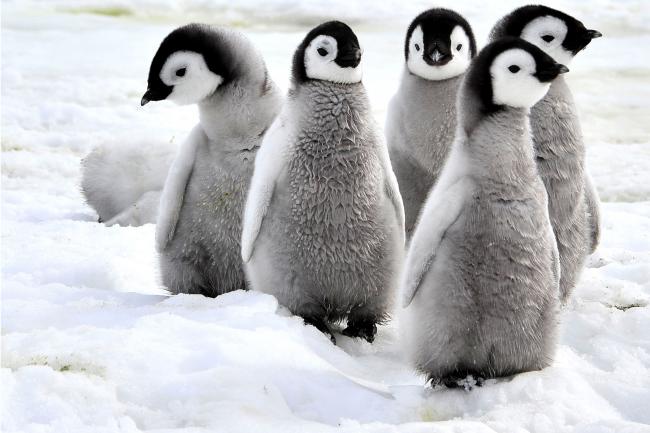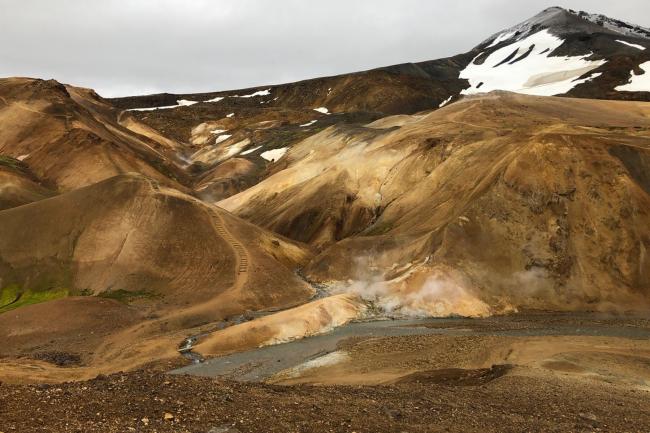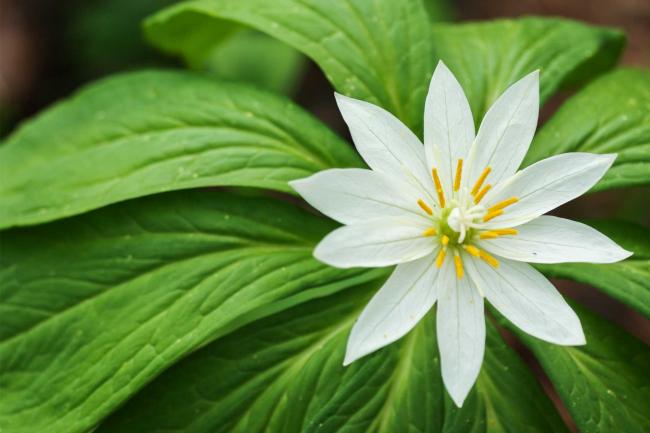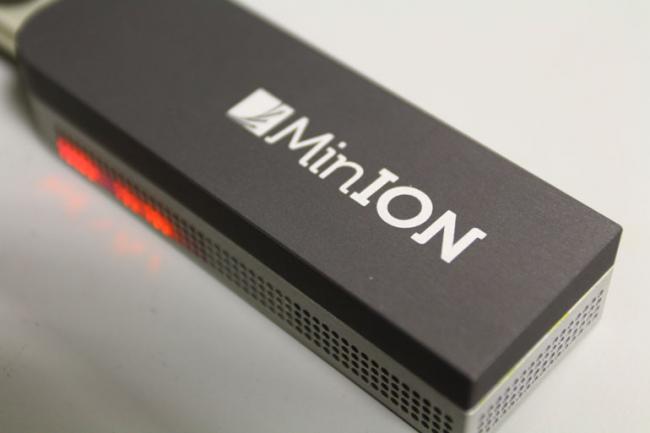There were 49 of us onboard, 25 crew and 24 scientists. The ship had lots of lab spaces, a bar (one unit of alcohol allowed per day, beer, wine and cider only), a tv room, the mess (canteen), and a gym.
The chefs cooked 3 hot meals a day for everyone, with vegetarian and vegan options too.
Sometimes it was easy to forget you were on a ship, until the waves picked up! Everything has to be secured if you don’t want to find it on the floor, including your cup of tea, laptop, and lunch!
There were non-slip mats on the tables in the mess and you could tell the weather was bad when there were water bottles instead of water jugs on the tables.
When we arrived on the ship, one of the first things we did was set up the lab equipment, ensuring that it was all tied, bungee-corded, taped and wedged into place.
Improvised cup holders appeared rapidly on the desks once we started moving. Even then, a particularly big roll did cause some of the lab equipment to set off to the other side of the room, along with all the chairs and anything not tied down.













































